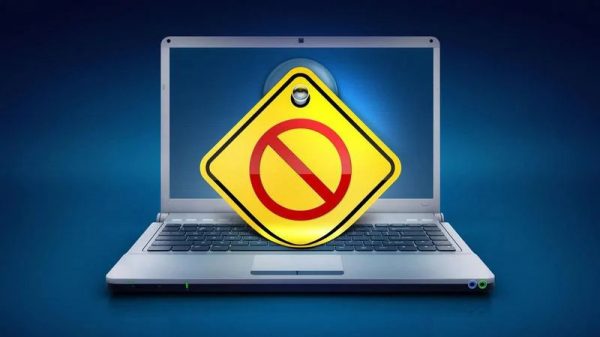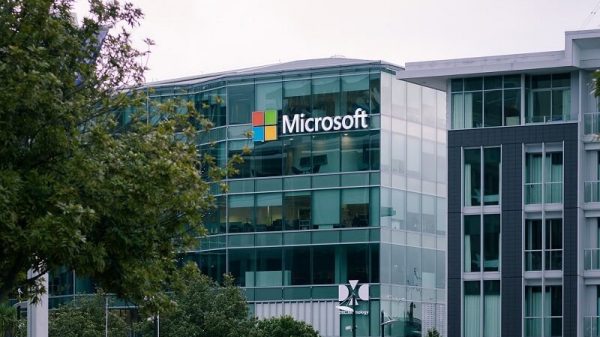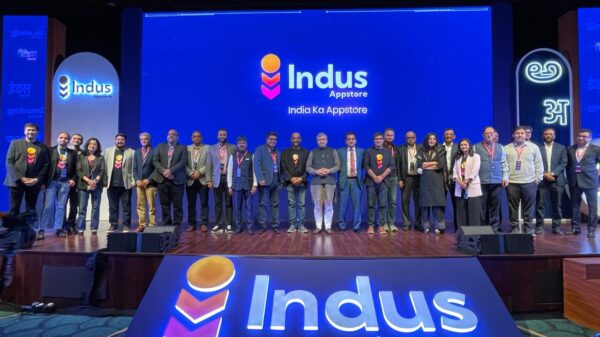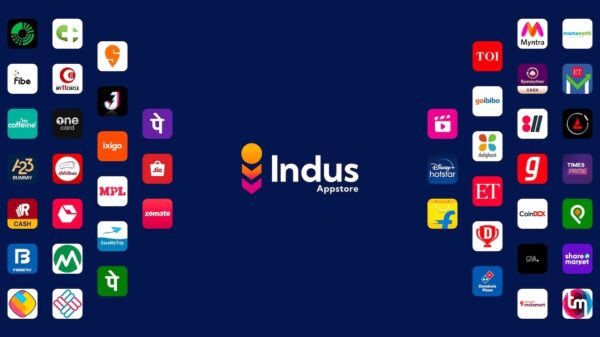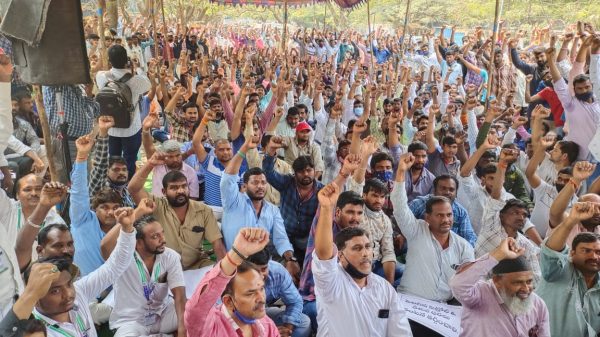The Ministry of Information and Broadcasting on Thursday amended the Cable Television Network (CTN) Rules, 1994, setting up a new grievance redressal mechanism, a press release stated. The new mechanism brings Cable TV in line with what news media and over-the-top (OTT) streaming platforms are required to conform to as per Information Technology (IT) Rules, 2021, issued in February. The amendment, which applies to over 900 TV channels, "paves the way for a strong institutional system for redressing grievances while placing accountability and responsibility on the broadcasters and their self-regulating bodies," the release stated. https://twitter.com/PrakashJavdekar/status/1405509369995821065?s=20 What does the new grievance redressal mechanism look like? The amended rules called the Cable Television Networks (Amendment) Rules, 2021, institute a three-level grievance redressal mechanism: 1. Self-regulation by broadcasters: The broadcaster must appoint a Grievance Officer and furnish his/her contact details publicly. Complaints can directly be filed by viewers with the officer if the complainant believes that the broadcaster is not conforming to the Programme Code or Advertising Code of the rules. The broadcaster should acknowledge the complaint within 24 hours and respond to it within 15 days. 2. Self-regulation by the self-regulating bodies of the broadcasters: If the complainant is not satisfied with the response from the broadcaster, the complaint can escalate the issue to the self-regulating body of which the broadcaster is a member. This body should provide a response to the complainant within 15 days and issue an advisory or guidance to the broadcaster within 60 days. The self-regulating bodies must consist of at least…


